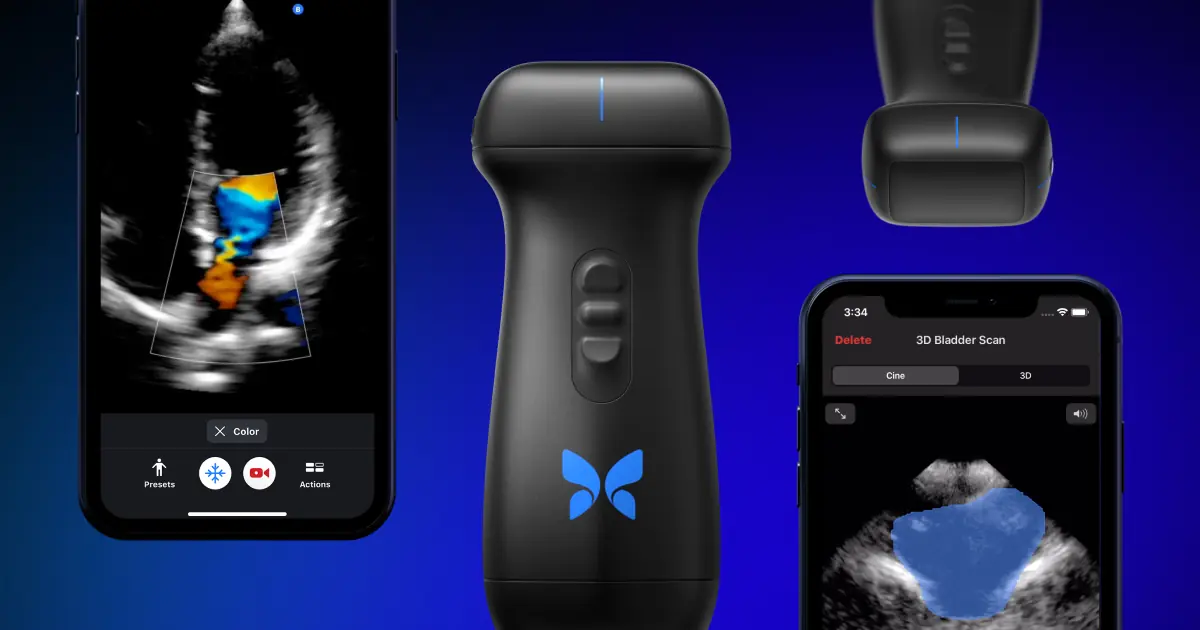D
deleted979844
I'm going to be applying for a spot in family medicine this upcoming cycle and I'm fascinated by the technology that is ultrasound. It has limitations but it's cheap and portable with little to no risks. And clinically its applications are massive if you can scan patients in the office on the spot.
It's become routine for EM docs but how far do we see it going in the offices? I feel like patients get sent out for RUQ scans, DVT scans, AAA scans, etc. a lot! But I'm curious how useful this translates to actual practice. Does it actually bring something valuable to your practice and patients? Is it financially worth the time it takes to do the scan and all the training involved?
Also how useful is APCA/ARDMS certification? Is this a gold standard certification or just another expensive piece of paper?
It's become routine for EM docs but how far do we see it going in the offices? I feel like patients get sent out for RUQ scans, DVT scans, AAA scans, etc. a lot! But I'm curious how useful this translates to actual practice. Does it actually bring something valuable to your practice and patients? Is it financially worth the time it takes to do the scan and all the training involved?
Also how useful is APCA/ARDMS certification? Is this a gold standard certification or just another expensive piece of paper?

